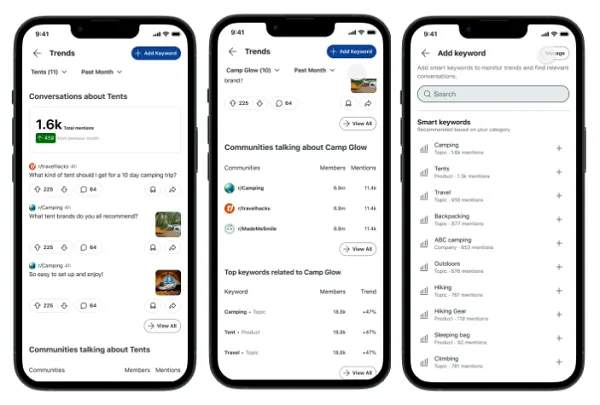When Christina Cassotis took the helm of Pittsburgh International Airport in 2015, she inherited an airport in transition—one that had lost its major hub status, but still possessed untapped potential. Nearly a decade later, her bold vision has transformed PIT into a model for the industry, proving that airports can be more than transit points—they can be catalysts for innovation, economic growth, and community development. As the airport’s $1.7 billion terminal modernization nears completion, Cassotis reflects on the strategies and leadership principles that have redefined what an airport can and should be in the 21st century.
In the following interview, Cassotis shares her successes helping to transform a major international airport that now better reflects “what Pittsburgh had become.”
Under your leadership, PIT has transformed into an industry-changing origin-and-destination airport with record growth. Tell us your strategies for success.
When I took this role in 2015, I had to change mindsets and redefine what success looked like. It wasn’t about getting a hub back because the future of PIT didn’t lie in recreating the past. It was in building something new that better reflected what Pittsburgh had become.
We pivoted to an origin-and-destination model, investing in modernizing our infrastructure to better serve the people who actually live and work here. That meant making the airport more efficient and cost-effective for airlines, while also creating a world-class passenger experience that matched the city’s growing reputation for innovation, culture and industry.
We focused on positioning PIT not just as an airport, but as a driver of economic growth, a testing ground for new technologies and a connector for communities. We’ve built strong relationships with airlines and took big swings, like launching our terminal modernization program and recruiting British Airways. None of this was about checking boxes—it’s been about redefining what an airport can and should be.
You’re focused on making PIT the most accessible airport in the world. What are some of the key components for achieving that?
Travel has to work for everyone. That’s why we’re not just talking about accessibility in terms of ADA compliance, we’re taking it several steps further by adopting Universal Access principles that consider how every passenger experiences the airport. That’s everything from wayfinding for people with low vision to sensory-friendly spaces like Presley’s Place, to height-accessible counters and more places to rest.
We’ve built a dedicated service design team to look at every touchpoint in the travel experience through the lens of inclusion. Our new “We Got You” initiative puts tech in the hands of our frontline staff so they can respond to passenger needs in real time.
But accessibility isn’t just about passengers, it’s also about workforce—the airport’s, our partners and the region. That’s why we created onsite childcare and community workforce development programs that are just as important.
Currently, you’re spearheading PIT’s $1.7 billion terminal modernization program that’s slated for completion later this year. What does that look like?
The new terminal reflects how we believe airports should function—as efficient, resilient, accessible transportation hubs and economic drivers for surrounding communities.
The new terminal is a cost-efficient, sustainable terminal designed for Pittsburgh’s current needs with flexibility to adapt to future needs. The design was guided by a concept known as NaTeCo—Nature, Technology, Community—serving as a gateway to Pittsburgh and a representation that defines Pittsburgh to the world.
We worked with our airline partners, who are key funders, to ensure we are meeting their operational needs for today’s market. Their support has been key throughout the process.
The program includes a new pre-security terminal with state-of-the-art check-in, security and baggage operations, a new smart parking garage, and an overhaul of the post-security space to better serve passengers and airlines. Transforming our airport meant intentionally infusing technology into our design process while providing a sense of place and simplifying the visitor journey.
We’re also very proud of what we have been able to accomplish from a workforce and materials standpoint. Roughly 90 percent of the materials and labor on site are locally sourced. I mentioned our workforce development program above. Our PIT2Work program trains people onsite for union trades jobs, many of whom are now helping build the terminal and other key regional projects.
You’ve recently hit your 10-year anniversary since taking the helm at PIT. What are some leadership lessons that you’ve learned along the way?
Vision is important, but execution matters and so does trust. Early on, people told me this airport was a lost cause, and that I’d never get the support that would be needed to transform it. I took that as a challenge. But to move something this complex forward, you need to bring people with you—staff, partners, airlines and community leaders. You have to listen and keep the bigger mission front and center.
Leadership means creating space for others to succeed. Whether that’s building a pathway for someone to learn a trade or creating infrastructure that serves the community better, legacy is measured in impact. I’ve learned that when you invest in people, you create a natural culture of innovation and will see results you never expected.
And, I’ve learned that taking risk taking is essential. From fully powering our airport by a microgrid and becoming the first in the US to achieve that, to opening our doors to startups through xBridge, our onsite innovation center, we’ve taken calculated risks and seen tangible rewards.
One of the first things I wanted to make sure of is that we would bake innovation into everything that we do. That’s because I didn’t come here just to run an airport. I came to change an entire industry, and we’re doing that in Pittsburgh.









































































